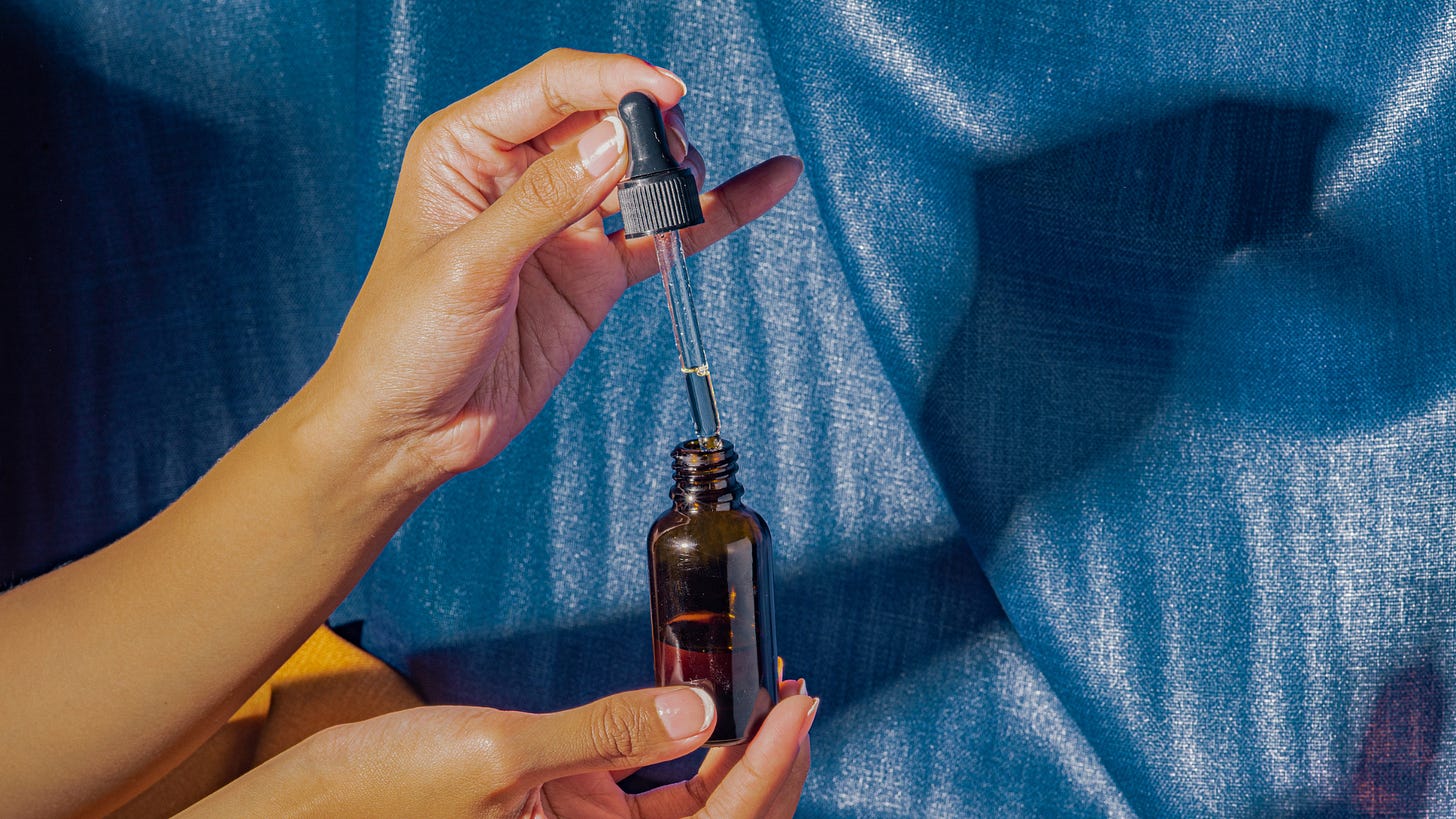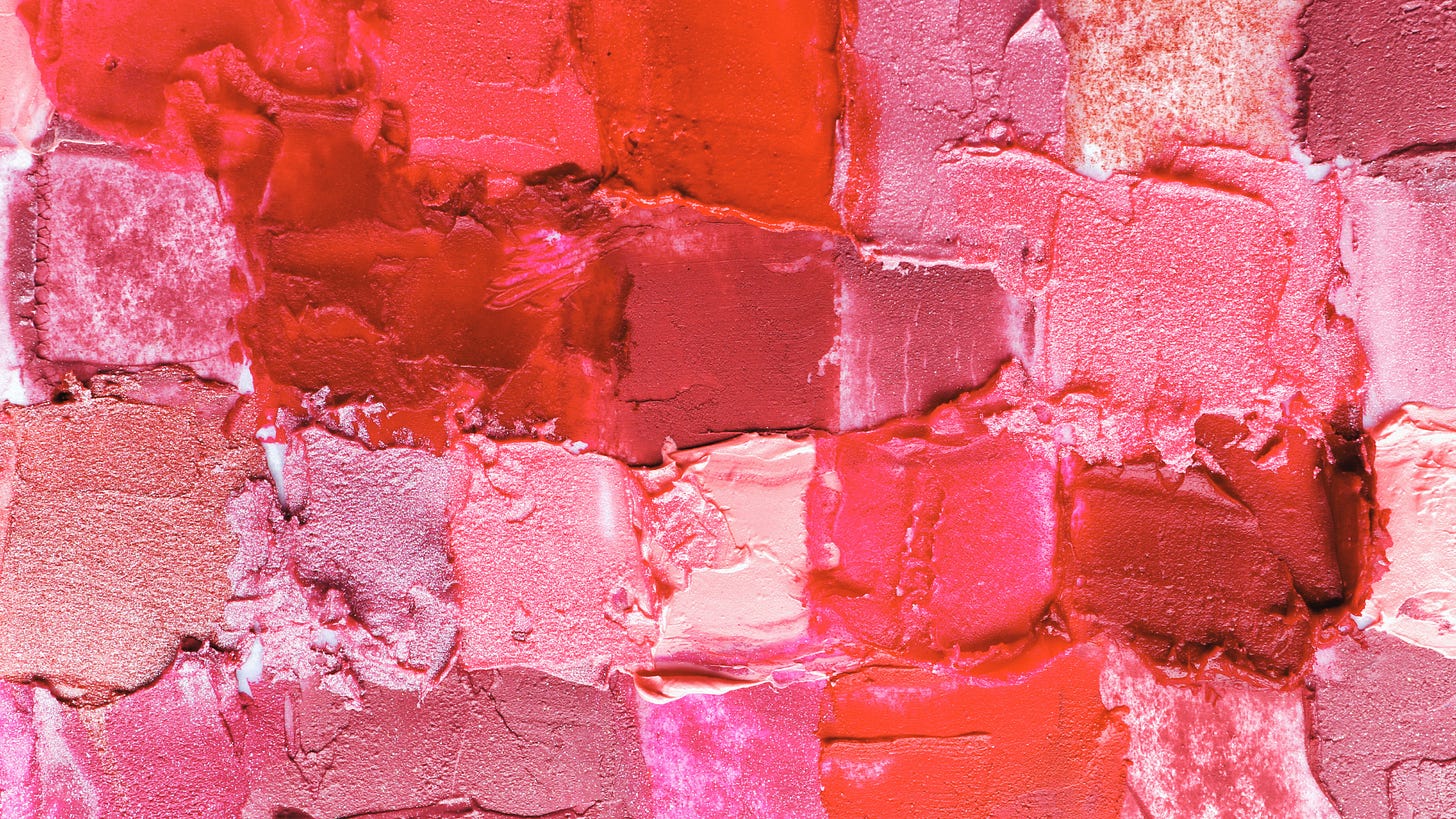The climate crisis is not a good look...literally
Climate and our skin — not the "hot girl summer" we were asking for!
Cosmetics as an industry is expected to generate more than $670 billion in revenue worldwide this year, and the good news is that consumers are increasingly expecting greener and safer products.
"Sustainability in beauty is no longer optional; it’s a baseline expectation,” says Mintel’s 2025 Global Beauty and Personal Care Trends report. “Consumers are demanding products that not only deliver on performance but also prioritise environmental responsibility.”
As companies recognize consumer expectations are shifting, they’re taking steps to address it. L’Oréal, for instance, has committed to becoming carbon neutral by the end of this year and sourcing 100 percent of its plastics from recycled sources by the end of the decade. Unilever has invested $1.2 billion towards cutting the carbon emissions of its beauty and personal care division to zero by 2039. Firms are increasingly offering refillable packaging, which reduces waste while also encouraging customers to rebuy the same product. (For a deep, deep dive into the waste generated by the industry, see this excellent Climate Drift newsletter by Maura White.)
There’s also a whole crop of new green beauty companies dedicated to sourcing green, sustainable ingredients for their products that are better for people and the planet. One example is Saie, which is partnering with rePurpose to collect some 5 million pounds of plastic from the coastlines of India, Indonesia, Cameroon, and Colombia over the next three years and also plans to become carbon net zero by 2039.
Some governments are also doing their part. The EU, for instance, with its European Green Deal, will require beauty companies to adopt sustainable packaging, drop their carbon emissions, and stop using some harmful chemicals in their products. And what will make others follow suit? You know what: when citizens use their voices to advocate for change!
Climate change can impact your skin’s health in a myriad of ways. Extreme heat, pollution, high humidity, and increased pollen levels can all contribute to a range of skin and health issues, including acne, premature signs of aging, and chronic skin conditions like rashes, hives, eczema, and psoriasis.
Climate change and pollution exacerbate atopic dermatitis, also known as eczema, one study found. A warmer world also leads to a longer pollen season, which can drive up flares of eczema for some people.
Another recent study found that chronic exposure to extreme heat actually accelerates biological aging at the level of our DNA, similar to what smoking does to the body. Longer term, these cellular changes can lead to or worsen chronic health conditions such as kidney and cardiovascular disease. “With longer-term heat exposure, we see a consistent association between heat and [cellular] age,” says Eun Young Choi from the University of Southern California’s Leonard Davis School of Gerontology and the lead author of the study.
Heat and heat waves also pose risks to beauty products themselves – in hot weather, they can melt in warehouses or during shipping, so the product may be past its prime or even unusable when it reaches you or the store.
For a deep dive into the climate ills of the beauty industry, see this excellent Heated newsletter featuring an interview by Emily Akin with beauty industry reporter Jessica DeFino.
Rating systems like Good On You compare and rank different products based on their climate and environmental impacts. Specific retailers, including Sephora, also have their own clean beauty labels. This site has some good tips for spotting greenwashing, including scrutinizing ingredient lists, looking for certifications, and looking for vague language on labels.
Oftentimes, beauty products come in packaging that is tricky to recycle using conventional curbside methods. But once you’re finished products, a number of stores offer to collect empty containers. Some just take back the product, like MAC. Others add on: Lush gives you a free face mask, for example, and Burt’s Bees supplies a free shipping label. Other companies will take any container, even if you didn’t buy it from that store. This includes the Body Shop’s “Return, Recycle, Repeat” program and Sephora’s Pact bins.
Why not give some of these options a try, and share what you learn? Whether it’s talking to friends, posting on social media, or writing to your favorite brands to ask them to consider their impact, your voice can help amplify solutions and encourage others to follow your lead.
Most people want to make a difference; sometimes, they just need a nudge or a new idea. By making thoughtful choices and speaking up about what matters, we can help turn individual actions into collective impact.
Sun June 22 at 6pm MT - "Saving Us: Book Discussion" with Calgary Climate Hub, The Wisdom Centre and the Calgary Interfaith Council, in person at 800 3 St SE Calgary, Alberta - $15









Hi. I think you meant billion and not million when you talked about the cosmetic industry market size.
Excellent information. We are like-minded! Please check out our substack newletter: Climate: Small Steps Matter!
karenleemardicrane.substack.com THANKS!